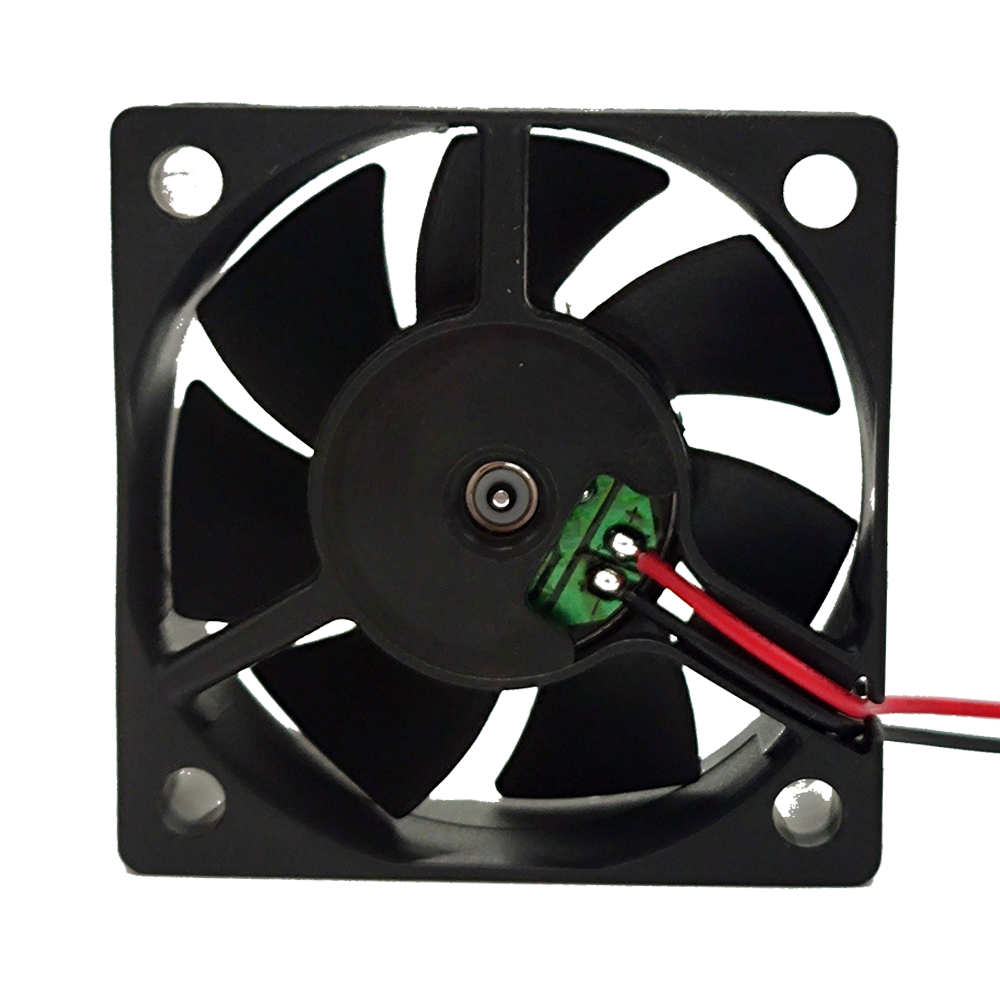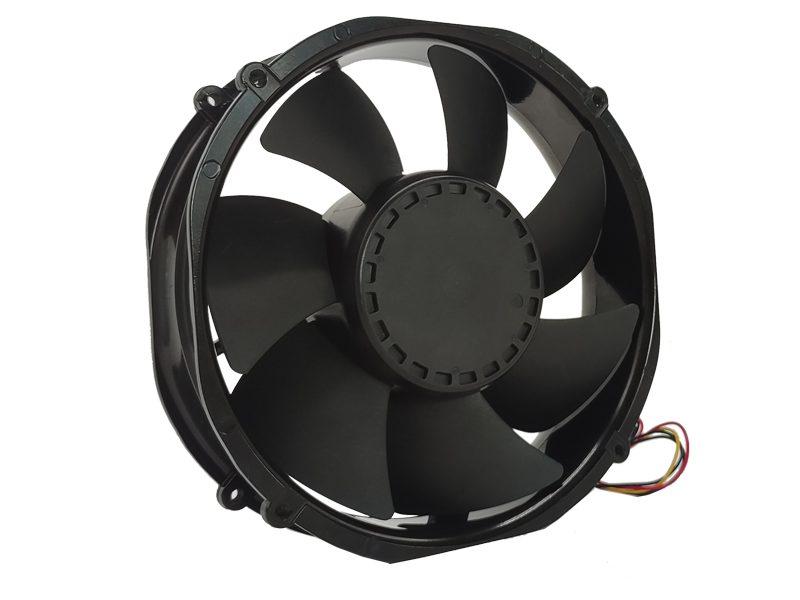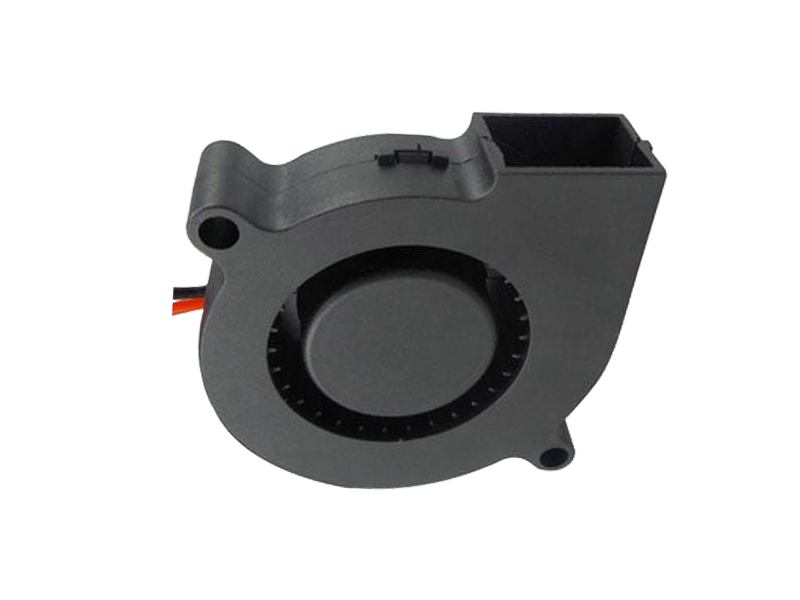Introduction
Industrial fans operating in extreme environments—from Arctic oil rigs to desert cement plants—face unique challenges that standard designs cannot withstand. This article explores how engineers push the boundaries of material science, thermal management, and corrosion resistance to create fans that thrive in conditions where conventional equipment fails.
1. Thermal Management in High-Temperature Zones
Fans in steel mills, glass factories, and incinerators must endure temperatures exceeding 500°C:
Refractory-Lined Blades: Ceramic-coated stainless steel blades withstand thermal shocks, withstanding 800°C gradients without warping.
Air-Cooled Motor Enclosures: Dual-walled housings with vortex-generating fins create a self-sustaining air gap, keeping motor windings below 180°C in foundry applications.
Phase-Change Materials (PCM): Embedded in fan bearings, PCMs absorb spike temperatures during emergency stops, preventing lubricant carbonization.
2. Corrosion Resistance in Chemical and Marine Environments
Salt spray, acidic fumes, and caustic vapors demand innovative protective measures:
Hastelloy-X Impellers: Used in offshore drilling platforms, these nickel-chromium alloys resist pitting corrosion from chlorine-laden sea air.
PTFE-Impregnated Coatings: Electrostatically applied to fan casings, these coatings create a hydrophobic barrier against sulfuric acid mist in fertilizer plants.
Cathodic Protection Systems: Sacrificial zinc anodes embedded in fan pedestals prevent galvanic corrosion in coastal wastewater treatment facilities.
3. Sand and Particulate Ingress Defense
Fans in mining, agriculture, and textile industries combat abrasive wear:
Tungsten Carbide Wear Plates: Bolted to fan inlet cones, these plates reduce erosion by 90% in silica sand conveying systems.
Positive Pressure Purge Systems: Maintain a 50Pa overpressure in motor enclosures, preventing dust infiltration in flour mills.
Self-Cleaning Blade Surfaces: Textured with laser-engraved microchannels, blades shed particulate buildup in biomass power plants, reducing imbalance by 75%.

4. Cryogenic Performance in Arctic Operations
Fans in LNG terminals and cold storage facilities face brittleness and lubricant gelling:
ELGILOY Spring Materials: Retain elasticity at -196°C, ensuring V-belt tensioners function in cryogenic environments.
Synthetic Hydrocarbon Lubricants: With pour points below -60°C, these lubricants maintain viscosity in Siberian gas processing plants.
Heated Motor Enclosures: Silicone rubber heaters wrapped around stators prevent condensation in intermittent-use fans in Alaska.
Conclusion
Designing for extreme environments requires a multi-disciplinary approach combining advanced materials, protective systems, and operational redundancies. Manufacturers now offer fans with 20-year design lives in corrosive environments and 99.98% uptime in particulate-laden atmospheres. As industries expand into harsher climates and processes, these innovations will become standard requirements.
Recommended Products

The main purpose:Car charging station

The main purpose:Car charging station

The main purpose:Electronic refrigerators, water dispensers, direct drinking machines, inverter power supplies
Address:No. 4137, Longgang Avenue (Henggang Section), Henggang Community, Henggang Street, Longgang District, Shenzhen
hotline:13530005572(Chen)15112579390(Li)


Welcome all friends to come for consultation and negotiation.
Copyright 2024 @ Shenzhen Youneng Xinyuan Electronics Co., Ltd.,(industrial fans,industrial blowers,axial fans,cooling fans manufacturer,centrifugal fans,ac cooling fans,dc cooling fans)